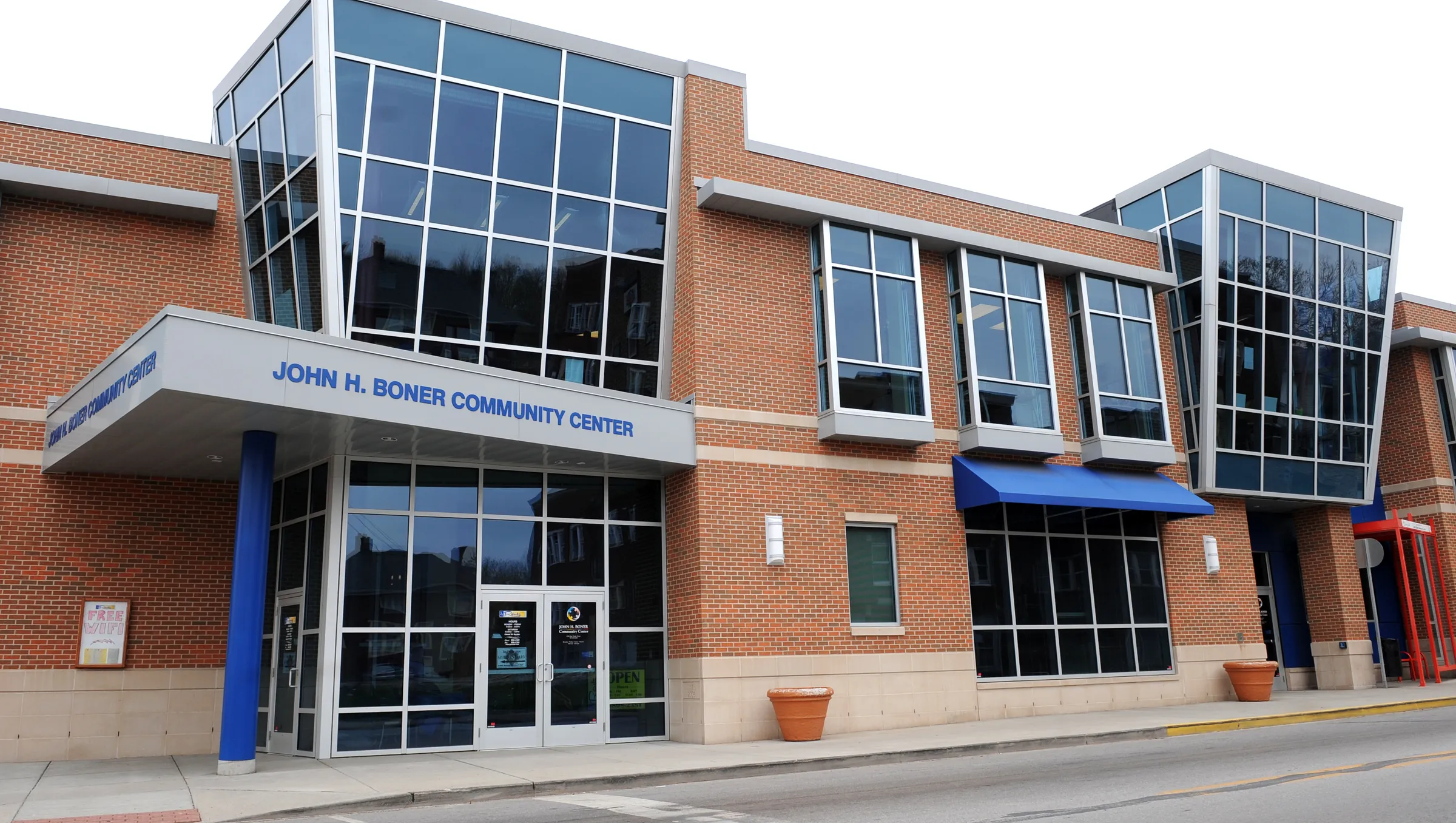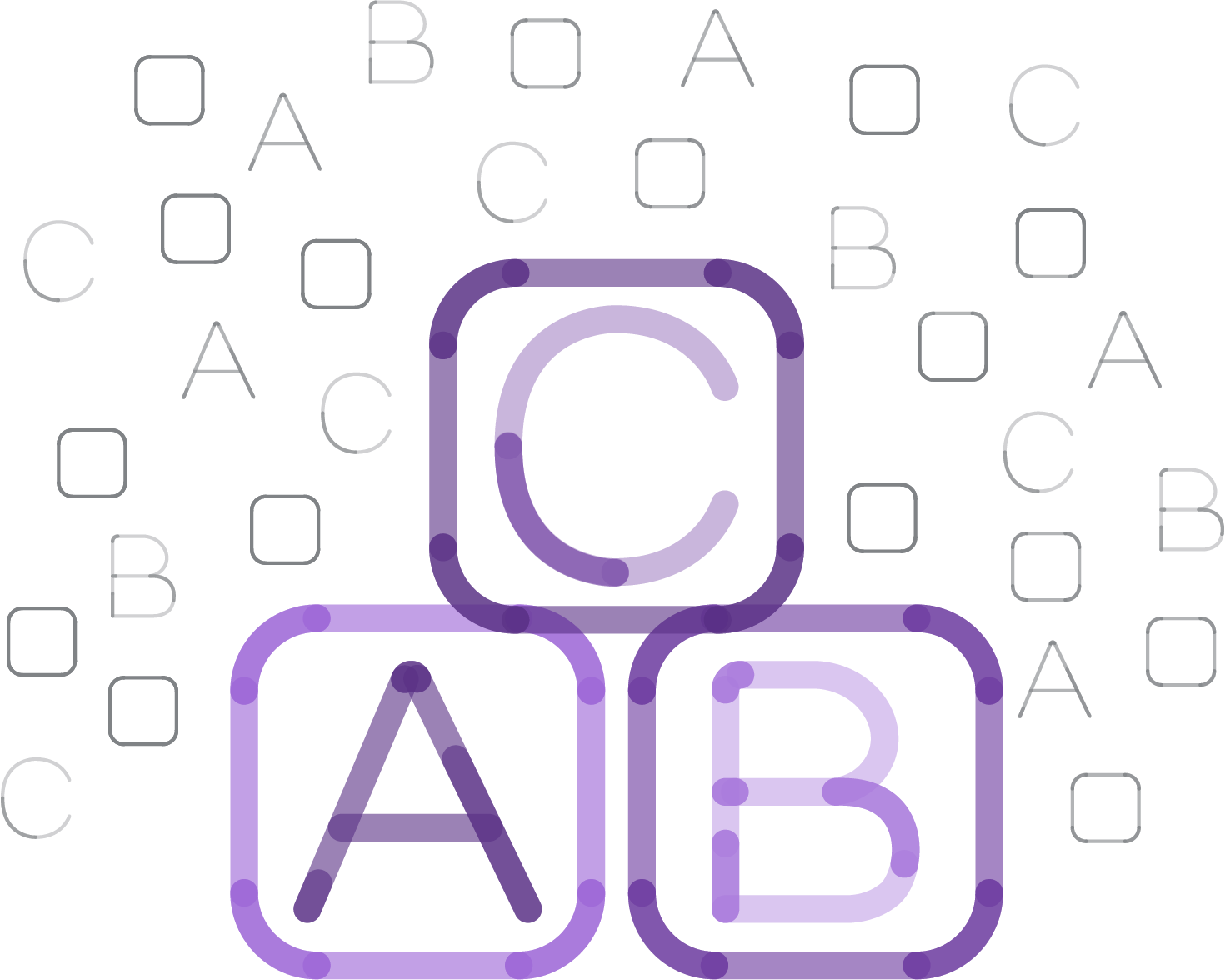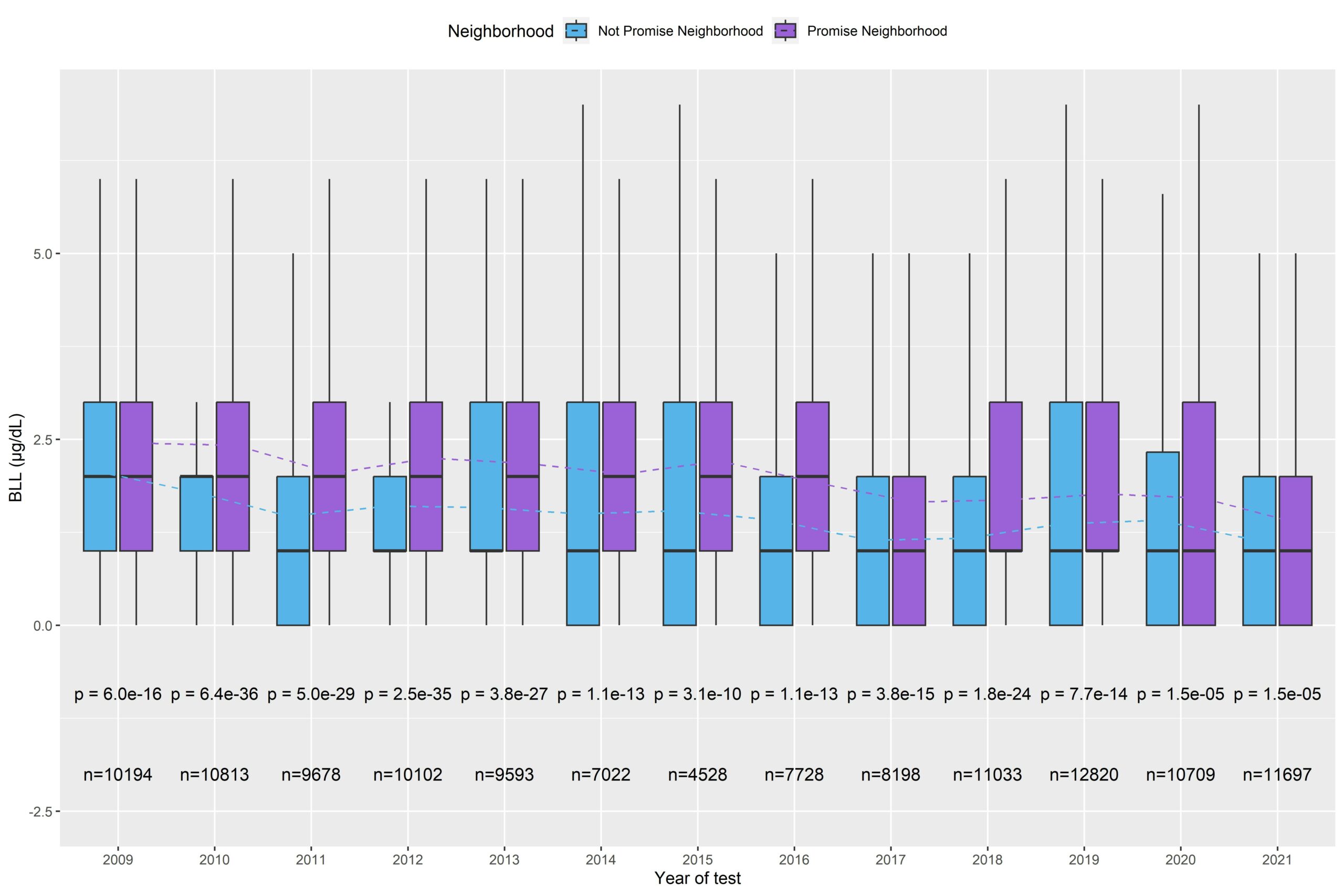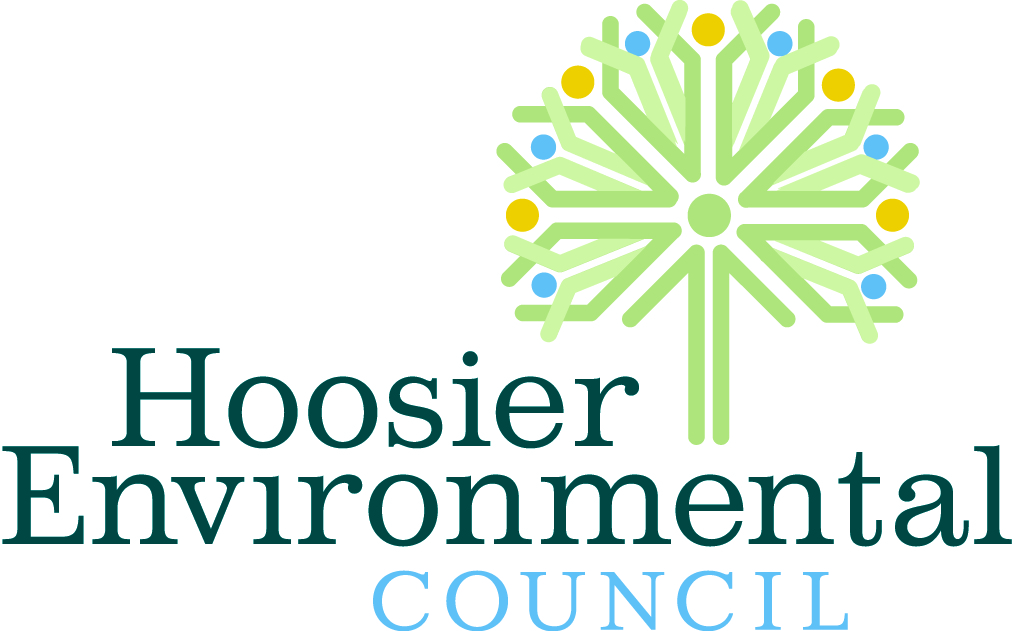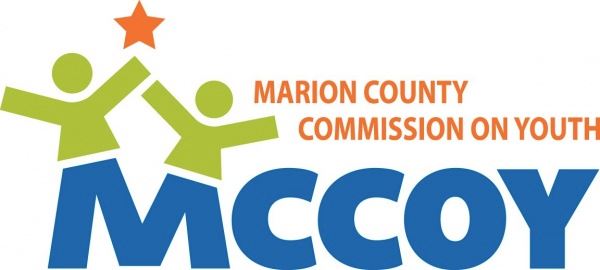Lead exposure in the Indy East Promise Neighborhood
Special thanks to the Marion County Public Health Department for supplying child blood lead data for analysis.
A summary of the adverse effects of childhood lead exposure, inequities relative to the rest of Marion County, and action steps regarding what can be done about it.


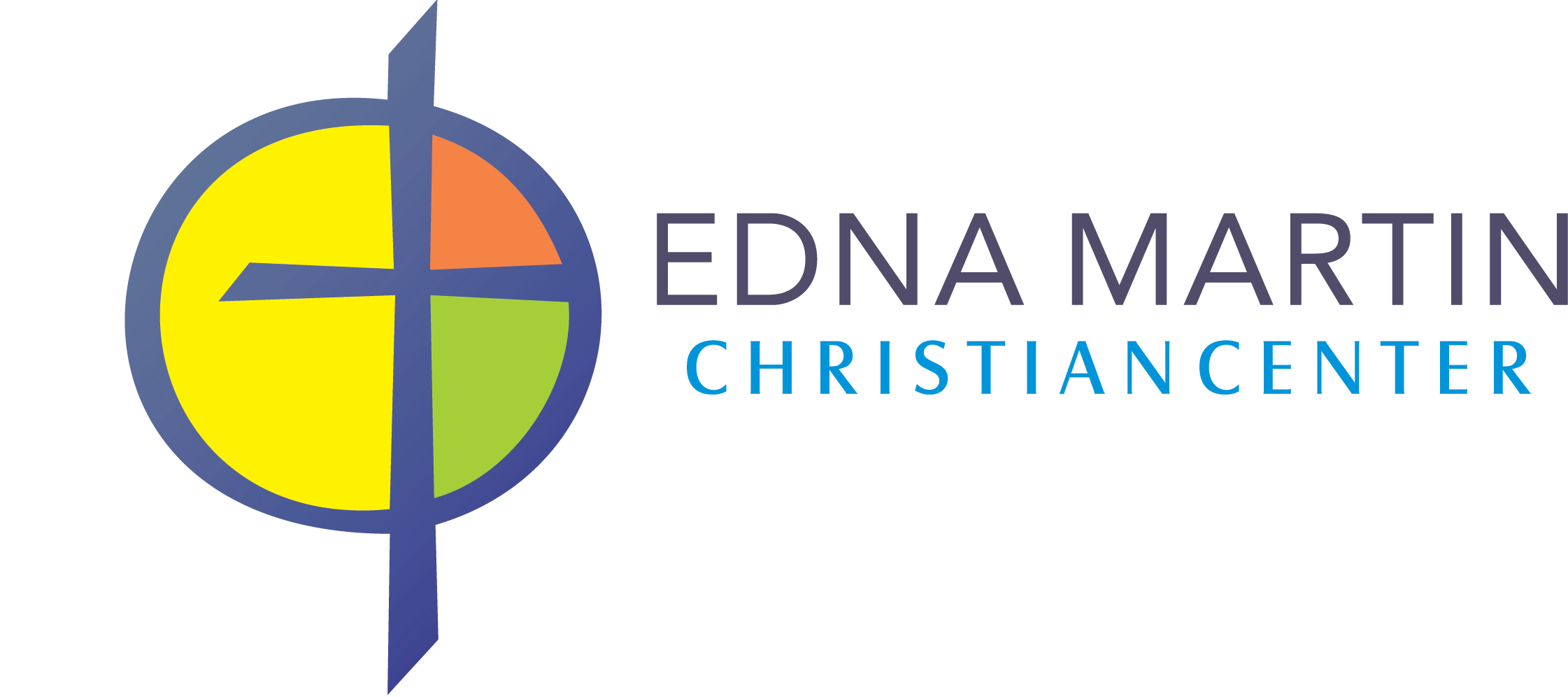
What is lead and what does it do to children?
Lead is a potent neurotoxin
There is no safe level of exposure to children, as even small doses can adversely affect cognitive functionality and lead to behavioral problems.
However, children can still overcome early life exposure to lead, and every child is affected differently. It is critical though to try and recognize the potential exposure routes and intervene, although this may be challenging in areas with many pollution sources. Resources and intervention are discussed in detail toward the end of the report.
Juvenile and adult delinquency
Early lead exposure in childhood has been linked to juvenile behavioral issues, as well as incarceration/violent behavior later in life.
Lost lifetime earnings potential
Due to lead exposure diminishing cognitive ability, this also reduces an individual’s lifetime earnings potential relative to no lead exposure.
Difficulty learning
Lead exposure at an early age can negatively impact a child’s ability to pay attention, as well as their academic achievement.
Damage to brain and nervous system
Lead mimics the element calcium in the body, and this can confuse neurons in the brain/nervous system, leading to learning/behavioral issues.
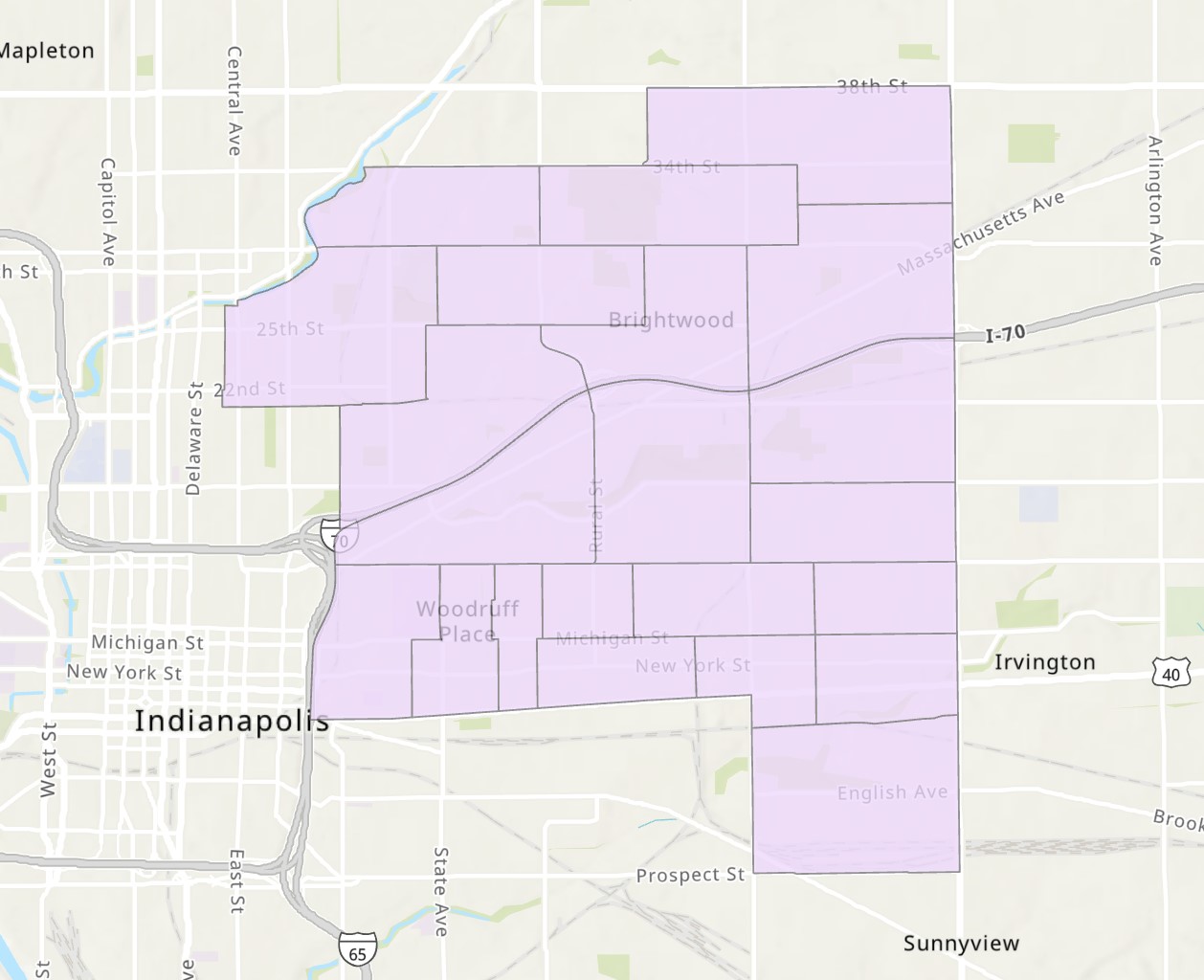
Where are children most affected and at risk for lead exposure in the Promise Neighborhood?
One of the major risk factors for lead exposure is older housing stock, because of the prevalence of historic lead paint, either still on the walls or hiding in the dust and soil around the home.
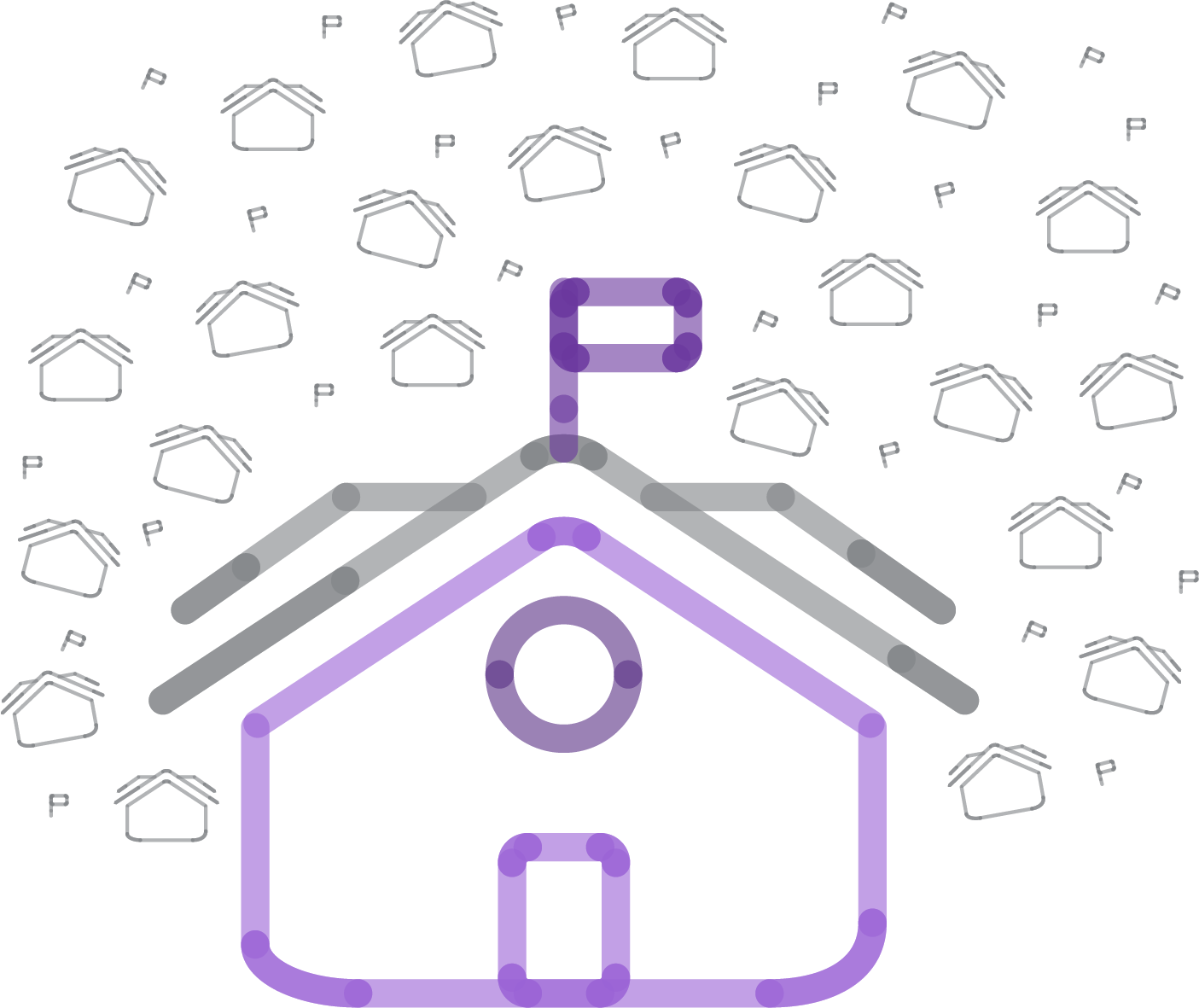
Changes in child blood lead levels (BLLs) and housing stock over time
Toggle through the layers in the upper right hand corner of the map below to see the number of children sampled for blood lead per census tract, mean BLLs by census tract, and the percentage of pre-1980 housing stock by census tract.
Use the time scroll at the bottom to see changes in mean BLLs and number of children tested from year-to-year from 2009 to 2021.
Children in the Neighborhood lose out on lifetime earnings potential due to lead exposure, more so than their peers in Marion County.

Analysis of blood lead data over time and potential impact on neighborhood children
Blood lead levels (BLLs), on average, have dropped over the past decade both within the Neighborhood and throughout Marion County.1
However, average BLLs still remain higher in the Promise Neighborhood relative to the rest of Marion County, and both are greater than the national average.
Detailed blood lead level comparison between Promise Neighborhood and rest of Marion County
Click on the image below to enlarge and see comparative boxplots displaying data from all initial blood lead tests throughout Marion County. Notice the dashed lines representing mean BLLs, with the Promise Neighborhood always being greater than the rest of Marion County.
Total monetary effect on children in the neighborhood
Even low-dose exposure to lead affects learning outcomes, and thus lifetime earnings potential. There is no known "safe" level of lead exposure for children.
From 2009-2021, an estimated additional 126 million USD was lost from children's (under five years old) lifetime earnings potential in the Neighborhood relative to if they were a child living elsewhere in Marion County.
An estimated total of 484 million USD was lost from lead exposure to children under five in the Neighborhood from 2009-2021 (assuming a new cohort of children were exposed every four years).

What can be done about it to keep lowering lead exposure disparities and aid children already exposed?
While more intensive remediation is often needed at a home to completely remove lead, there are many low-cost simple interventions that can significantly reduce a child's exposure to lead. Several of these are listed below, along with helpful resources.
Additionally, a lot can be done to help a child even if they are already exposed to lead. For example, regular household cleaning can reduce blood lead concentrations up to 34 percent, and recent research suggests that a stimulating environment for children at a young age can minimize or potentially reverse the effects of lead poisoning.

Leave your shoes at the door
Take your shoes off when indoors! Shoes can track in lead that may be residing in soils around the perimeter of your home.
Keep bare soil covered
Lead is often greatest around the "dripline" or immediate perimeter alongside a home. If soil is left uncovered, it's easier for children playing to get it on their hands or inadvertently breathe it in or swallow. Planting grass or covering bare soil with mulch or tarp can reduce this exposure risk.
Vacuum and wet-mop regularly
Lead can easily accumulate in dusts within a home, particularly if it's slowly flaking off paint in the walls or brought inside from soil. Vacuuming and wet mopping floors regularly can reduce exposure for children crawling on the ground.
Keep children away from places with old, peeling paint
Old, leaded paint oftentimes has a sweet flavor, and young children may be drawn to it, particularly around low-access points such as windowsills. Check around your home for peeling paint and try and create a barrier for your child to prevent them from reaching the paint.
Resources
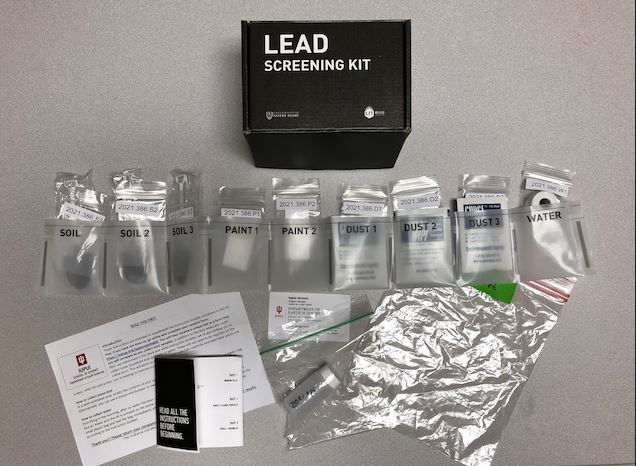
Marion County Residents
Pick up your Lead Screening Kit from one of the 18 Indianapolis Public Library locations on this map.
Additional Resources
Additional resources on lead exposure, testing, and prevention from the Indiana Collaboration for Lead Action and Prevention.
Take Action
- Take a look at various lead screening projects you can be a part of.
Calculate the value of lead interventions
- Preventing Childhood Lead Exposure: Costs and Benefits
Created by Altarum with support from the Robert Wood Johnson Foundation
Community Resources
- Mission Unleaded: From the Marion County Public Health Department
- Marion County Public Health Department Blood testing
- Lead Protection Program-Indiana
Free program for qualified homeowners, rental occupants, and rental property owners. Lead hazard repair work may include windows, doors, painting, and special cleaning. You may participate whether you own or rent your home. Download the application to learn more. - Garden Safe Garden Well
Sembrado Seguro
An Urban Gardening Guide in English or Spanish - What is your household risk for lead exposure?
Find out with this Lead Screening App.

What can you do if your child is already exposed to lead?
Cleaning and eliminating the source of lead in your home environment (if identified) is a good first step, but what's next? Some easy action steps that can help your child are encouraging reading and other stimulating intellectual activities, as well as a generally supportive home environment. The CDC has helpful resources and recommendations available here. Many children exposed to lead at a young age still end up having a very successful life.
-
Data from the Marion County Public Health Department.
Important to note that at-risk children tended to be tested more until universal screening went into effect in 2023 in Indiana.
Initial tests for blood lead levels in children under 6 years old within Marion County.
Blood lead levels are in µg/dL.
From 2009-2021.
*Values provided are only integer values (nearest whole number).

